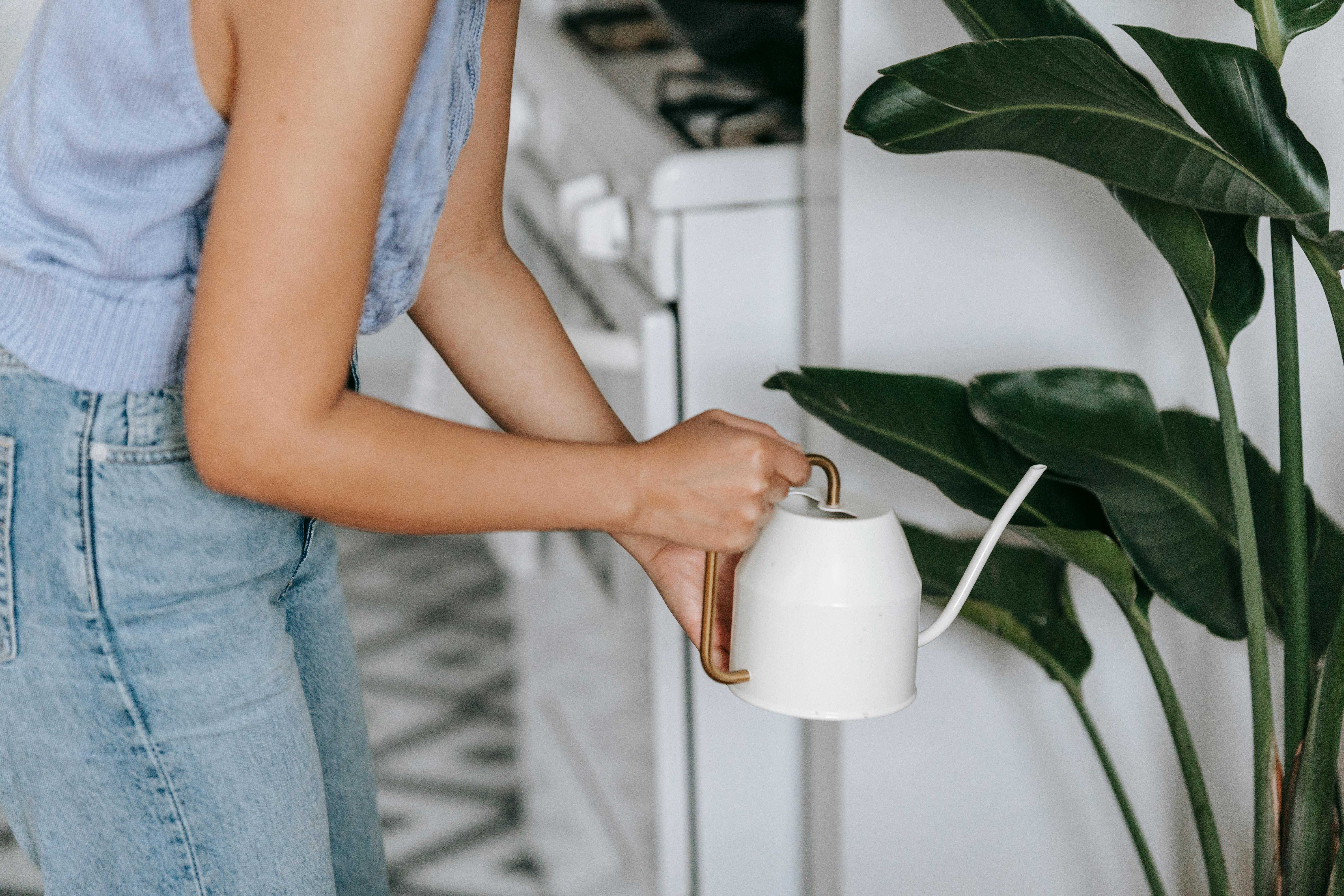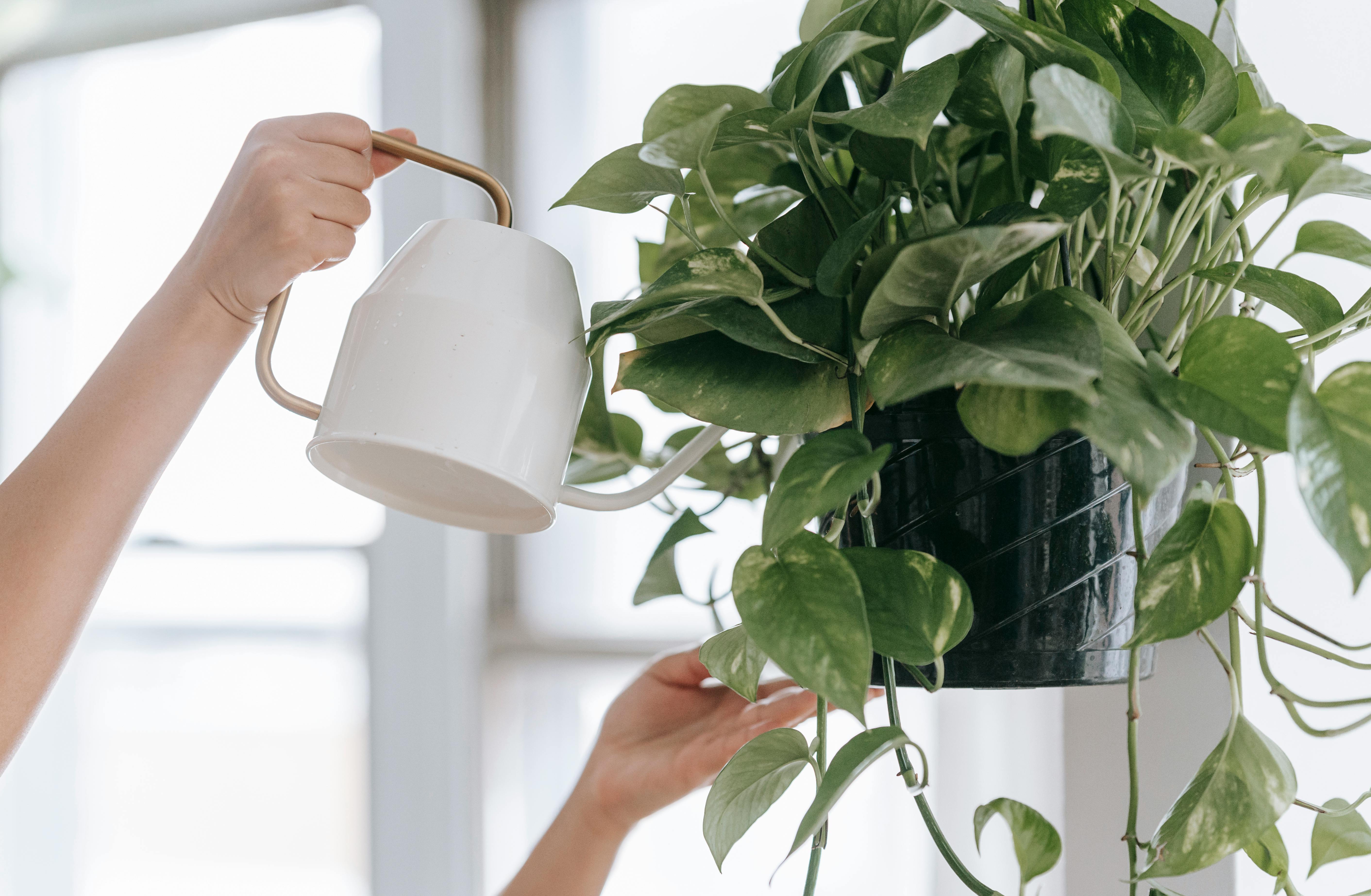Distilling your own water at home is becoming increasingly popular, as it provides an efficient and cost-effective way to produce clean and pure drinking water. Distillation is the process of boiling the water, collecting the vapor, and then condensing it back into a liquid form. This removes bacteria, minerals, and other contaminants from the water, leaving you with a pure source of hydration. In this article, we’ll explore the benefits of distilling your own water at home and provide tips on how to do it safely.Distilling water is the process of purifying water by removing impurities from it. This is done by boiling the water and then collecting the vapor that condenses back into a liquid form. The condensed vapor, which is now pure water, can then be collected for drinking or other uses.
How Does Distilling Water Work?
Distillation is a process that separates water from other contaminants such as minerals and salts. It is a physical process that takes advantage of the different boiling points of water and contaminants. The contaminated water is heated to a temperature higher than the boiling point of water but lower than the boiling point of contaminants, causing only the water to evaporate. The steam rises and condenses into distilled water, which is then collected. This process removes up to 99% of impurities in the water, making it safe for drinking or other uses.
The distillation process begins by pre-filtering the contaminated water to remove any large particles or debris that could clog the system. The filtered water is then heated until it boils. As it boils, steam rises and passes through a condenser where it cools back into liquid form and is collected in a container. Any remaining contaminants are left behind in the boiling chamber due to their higher boiling point. This process can be done with either electric or gas-powered equipment and can be used to purify both saltwater and freshwater sources.
Distilled water has many advantages over regular
Distilling Water at Home
Distilling water at home is an easy and cost-effective way to purify water for drinking. There are several different pieces of equipment that are necessary for the distillation process, including a still, heat source, container and cooling device.
The still is the most important piece of equipment needed to distill water at home. It is a large container with a lid that is used to heat the water until it evaporates, leaving behind impurities such as bacteria and minerals. The still should be made of a material such as stainless steel or copper so that it does not react with the water or other substances in the distillation process.
The heat source for distilling water at home can be a stovetop burner, electric hot plate, or propane burner. The type of heat source will depend on the size of the still and how much water needs to be distilled at one time.
A container is necessary to collect the distilled water once it has been heated and evaporated from the still. The container should be made of glass or stainless steel and should have a spigot so that it can easily be emptied when full.
Is It Legal to Distill Water at Home?
Distilling water is a process used to purify water by removing impurities and contaminants. While it is widely used in commercial applications, many people are wondering if it is legal to distill water at home. The answer depends on where you live, as the laws regarding distillation vary from state to state. Generally speaking, it is legal to distill water for personal use in most places in the United States, but there may be special regulations or restrictions that apply.
In some areas, the government has set limits on how much water can be distilled at one time. This is usually done to prevent large-scale distillation operations from depleting local water sources. In other places, you may need a permit or other documentation in order to legally distill water for personal use. It is important to check with your local authorities before attempting any type of distillation process at home.
In addition to local regulations, there are also federal laws that regulate the quality of drinking water and the disposal of wastewater generated by the distillation process. Depending on where you live,
What Are the Benefits of Distilling Water At Home?
Distilling water at home can provide a number of benefits. By distilling water at home, you can remove contaminants from the water, such as chlorine, bacteria and heavy metals. This is important for people who are worried about the quality of their tap water or who are looking for a more pure drinking water. You can also use distilled water in humidifiers or steam irons or to make coffee or tea. In addition, distilling your own water at home can save money over buying bottled water.
Distilled water is free of contaminants and minerals that can be found in tap and bottled waters. This means that it is much cleaner than other types of drinking water. Distilled water also has a neutral pH level, which makes it ideal for drinking and cooking with. Additionally, distilled water has a longer shelf life than other types of drinking water because it does not contain bacteria and other contaminants that can cause spoilage over time.
Another benefit of distilling your own drinking water is that you have control over the quality and safety of the finished product. Many store-bought bottled

Drawbacks of Distilling Water At Home
Distilling water at home can be a convenient way to access pure, clean water. However, this process also has some drawbacks that should be considered before investing in a distillation system. The primary disadvantage is the cost of purchasing and installing a distiller for home use. While it’s possible to purchase smaller, countertop distillers for around $100, larger systems can cost upwards of $1,000 or more. Additionally, the energy costs associated with running the distiller can add up over time.
Another drawback is the amount of time it takes to distill water. Depending on the size of the system and the quantity of water being distilled, it can take several hours to produce just a few gallons of purified water. This makes it difficult to use if you need an immediate supply of clean drinking water.
Finally, distilled water lacks essential minerals and nutrients that are found in other sources such as tap or spring water. While this isn’t necessarily a health hazard, these minerals do help boost taste and flavor when drinking or cooking with distilled water.
Does Distilling Remove All Contaminants from Water?
Distilling is a process that is used to purify water by removing contaminants, such as minerals, bacteria, and other impurities. While distillation does remove some of the contaminants in water, it does not remove all of them. In fact, it only removes the impurities that are heavier than water molecules. This means that many of the contaminants that are in water can still remain after distillation. Additionally, some of the lighter molecules may evaporate along with the water during the distillation process.
In order to ensure that all contaminants are removed from water, it is important to use other methods of purification in addition to distillation. These methods can include filtration, reverse osmosis, and ultraviolet light. Using these methods together can help ensure that all contaminants are removed from the water before it is consumed or used for other purposes. It is also important to note that even after using these methods of purification, there may still be trace amounts of certain contaminants present in the water.
Ultimately, distilling alone cannot remove all contaminants from water. While it
Gathering Supplies
Setting up your home for distilling water requires gathering the necessary supplies. You will need a heat source, such as a stove or hot plate, and a container to hold the water that you want to distill. You will also need a condenser, a tube that allows for cool air to be blown on the steam from the distilling process. Finally, you will need something to collect the distilled water, such as a jar or other container.
Preparing the Container
Once you have gathered all of your supplies, you can begin preparing your container for distilling. Fill it with the water that you want to distill and set it over your heat source. Make sure that the container is not too full, as this can cause boiling over during the distilling process. Allow the water to come to a boil, then reduce the heat so that it is barely simmering.
Adding Condenser
Next, attach your condenser to the top of your container so that it is positioned above where the steam begins rising

Conclusion
Distilling water at home can be a great way to ensure that you’re drinking safe, clean water without having to invest in a large system. Although distilling water is not a complicated process, it takes time and can be costly. If you choose to do it, make sure you have the right equipment and all safety precautions in place. Additionally, some states may have restrictions on distilling water at home, so make sure you research your local laws before attempting to do so.
Overall, if you take the necessary precautions and use the right equipment, distilling water at home can be a practical and economical solution for providing yourself with safe drinking water.

